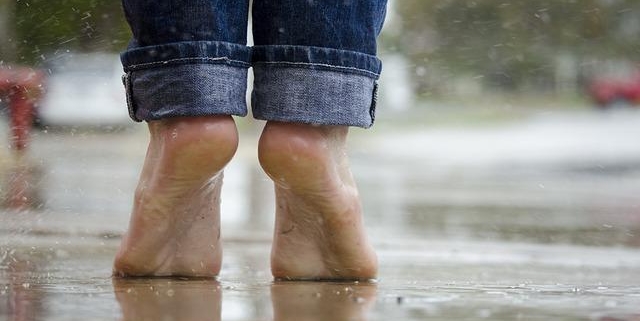
Flat Feet
Overview
Flat feet, a condition formally known as pes planus or fallen arches, are fairly common. This condition occurs when the arches of your feet are flattened, causing the entire bottom of your feet to touch the floor when standing.
Most people with flat feet don’t experience any discomfort, pain, or other serious problems. However, in some cases, flat feet can cause issues with the alignment of your legs which can lead to pain in the feet, knees, hips, and lower back.
Types
Flat feet can be categorized into two types – flexible and rigid.
Flexible flat feet show an arch when the person is sitting or standing on their toes but disappears when standing normally. This type isn’t usually painful.
Rigid flat feet, on the other hand, don’t exhibit any arch-whether the person is standing or not. This kind can be associated with pain, particularly during physical activities.
Causes
Flat feet can be a result of various factors. These include:
– Genetic factors: Some people are born with flat feet
– Aging: The arches of the feet can fall over time
– Injury: A foot or ankle injury can result in flat feet
– Obesity, diabetes and hypertension can also contribute to the development of flat feet
Symptoms
Many people with flat feet experience no issues at all. When symptoms do occur, they are usually:
– Foot pain, particularly in the heels or arches
– Swelling along the inside of the ankle
– Difficulty with foot movement
In some cases, the pain may get worse with activity.
Diagnosis
Your doctor can diagnose flat feet by examining your feet while you stand, sit or walk. They may also observe how your feet function during different activities. In some cases, your doctor may suggest an X-ray, CT scan, or MRI to rule out other conditions that could be causing your discomfort.
Treatment Options
Flat feet often don’t require any treatment. The treatment practices are usually driven by the symptoms that patients experience. Here are a few options:
– Orthotics: These are custom-designed arch supports for shoes that help distribute pressure evenly across your feet.
- Physiotherapy: Specific exercises can help stretch and strengthen the muscles in your feet and leg.
- Pain relief: Over-the-counter painkillers can help ease discomfort.
– Surgery: In rare, severe cases, you might need to undergo surgery.
Living With Flat Feet
Living with flat feet can be comfortable and symptom-free as long as you manage the condition properly:
– Wear shoes that fit well and provide good support
– Keep your body weight within the recommended range for your height and age
- Regularly practice foot and leg exercises if your doctor recommends them
– Take over-the-counter pain relievers if you’re experiencing discomfort
When to Seek Help
If you experience persistent foot, ankle, or knee pain, or if your feet are becoming increasingly flat, seek medical attention promptly. Early diagnosis and treatment can help prevent future issues.
Remember that while flat feet can often be managed without professional medical intervention, it’s crucial not to ignore persistent pain or changes to your feet. Your healthcare provider can guide you on the best course of action.
